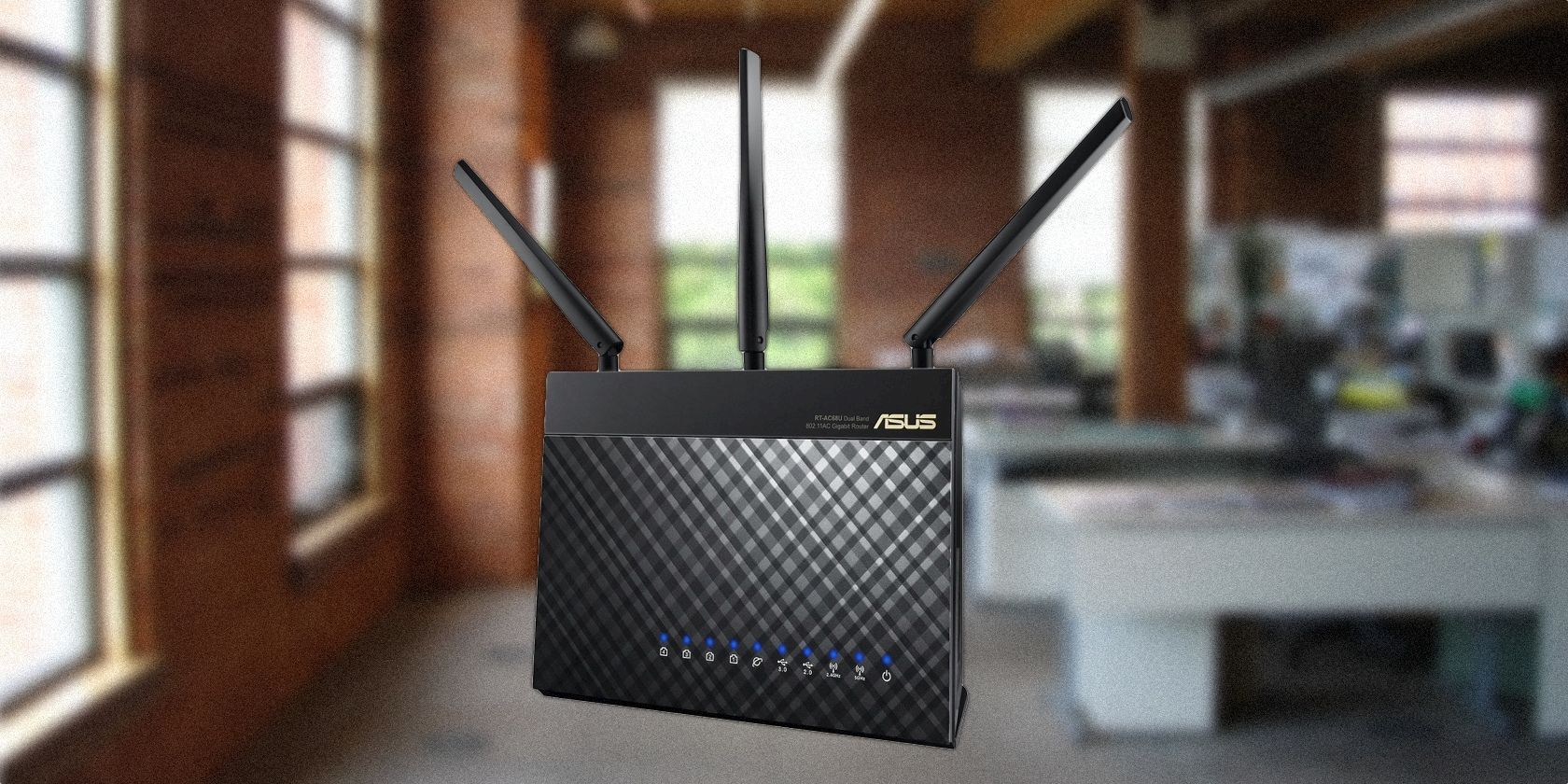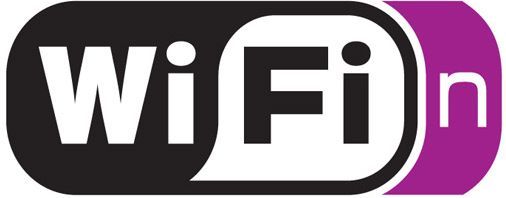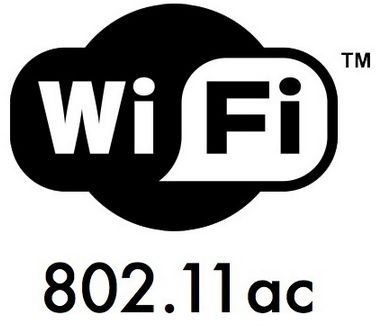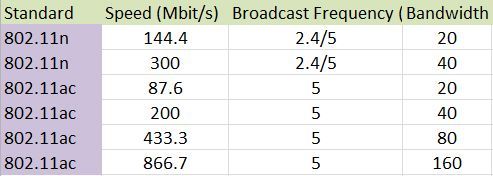The majority of problems experienced with Wi-Fi network connectivity arises from the wireless router. Most of the time, the problem can be traced back to the cheap modem-router combinations that telecommunications companies like AT&T and Comcast foist off on their customers. While these units provide cheap Internet connectivity, they often don't provide better connection speeds than 802.11g, colloquially referred to as "Wireless G". Since the release of 802.11g in 2003, wireless standards rocketed past even wireless-G's successor, 802.11n.
The newest standard today is 802.11ac, which adds not just increased transfer speeds but also better connectivity. To get the most out of the latest wireless standards, however, you need a wireless adapter with the 802.11n or 802.11ac technology in addition to a router capable of providing such speeds.
Another issue complicating the various wireless standards is that of channel saturation. For those living in apartments, you may frequently experience Internet disconnections. That's because the 2.4 GHz spectrum remains the most popular bandwidth for modern devices. A very recent trend among device manufacturers has been to include 5 GHz, along with the older 2.4 GHz band. These routers are known as "dual-band" and can connect to either 2.4 GHz or 5 GHz wireless adapters.
Wireless-N and Wireless-AC Explained
802.11n
Two different standards: Little do users know, different mainstream versions of 802.11n exist, distinguished by connection speeds. As of 2013, there are over 2 common standards for wireless-N devices. These range in speed from 144.4 Mbit/s to 300 Mbit/s. Most importantly, unless your router supports the same transfer rate, then you won't be able to hit the maximum advertised data transfer speeds, even if you have an adapter rated for 300 Mbit/s speeds.
Range: Also important, the 802.11n standard features improved range over the previous 802.11g standard. You get over double that of a 802.11g with a wireless-N router.
Feasibility: What this all means is that if you pick a next generation wireless standard, consider what your requirements are. Most users won't actually get that much benefit going from a wireless-G to a wireless-N device. However, if connection stability or file transfer rates are a problem, switching over to wireless-N will make a qualitative difference in performance.
802.11ac
5 GHz: 802.11ac broadcasts entirely on the 5 GHz broadcast spectrum. The wireless-AC standard remains today's fastest, consumer-available means of connecting to your computer. Until the end of 2013, the AC standard will remain in an unsolidified beta. The format will likely receive its final draft in 2014, with it becoming the dominant standard in 2015.
Multiple versions: Several versions of the AC technology exist, although the maximum speed has yet to be realized. For example, the fastest version of the wireless-AC standard reaches speeds up to 866.7 Mbit/s. The slowest standard falls shot of even wireless-N at speeds of up to 87.6 Mbit/s. When buying, make sure you buy the faster versions.
Draft: 802.11ac standards are commonly referred to as "draft", meaning they aren't finalized specifications. As a result of its unrefined status, four different standards for it currently populate the marketplace. Of these four, the transfer speeds vary wildly.
Beamforming: Wireless-AC also includes a promising technology known as "Beamforming". Beamforming permits a router to direct its signal toward an adapter. So rather than shooting Wi-Fi signal everywhere, it focuses it in the direction of your computer. So while higher frequencies have lower wall penetration than lower frequencies, Beamforming allows better quality connection even in the 5 GHz spectrum. Not all wireless-AC routers possess this capability, though, so make sure this feature is supported before making a purchase.
How Are Dual-Band Routers Different?
Dual-band routers broadcast on two different frequencies: 2.4 GHz and 5 GHz. Currently, 2.4 GHz is oversaturated with devices. That's because almost every smartphone, tablet, and laptop uses either Wireless-G or Wireless-N to connect to receive Internet. Imagine what would happen if twenty people tried to exit a bus through the same exit at the same time – the same holds true for data transmissions. The air can only hold so much traffic at any one time.
The simplest solution to solving oversaturation of a broadcast frequency: Try switching to another frequency. Almost no one uses the 5 GHz bandwidth. In my apartment complex, out of the 18 different routers detected by my computer, only one broadcast on the 5 GHz bandwidth: mine.
See the best dual-band routers you can buy if you're interested.
Fix Your Setup to Speed Up Your Network
In short, the maximum speed attainable by your network can bottleneck from two choke-points: First, the router and second, the wireless adapter. It sounds commonsensical, but I have often seen wireless-N devices on wireless-G networks, the owners believing that they had faster connection speeds.
If you want to optimize the speed of your home network, consider switching over to a dual-band router and start buying devices using at least the wireless-N standard (802.11n). While the wireless-AC standard is not yet finalized, you can still get an extremely fast device for not much more money than a wireless-N router or adapter. We've looked at the best routers for gamers, too.
Image credit: Pierre Lecourt/flickr, Loozrboy/flickr





